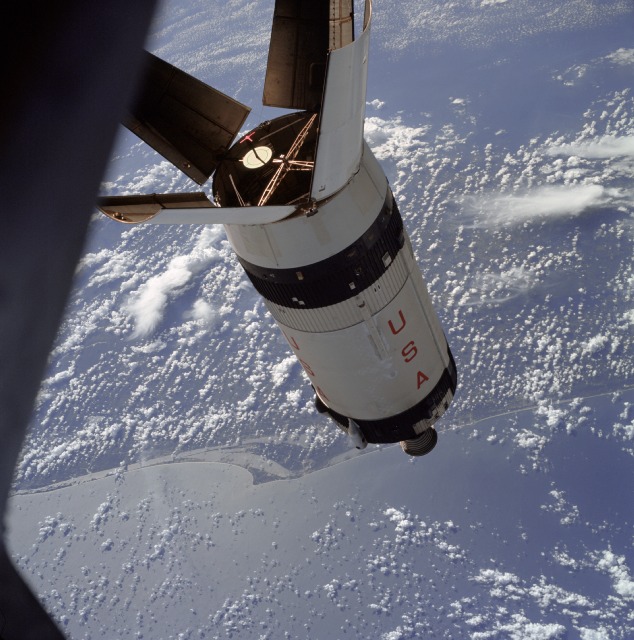
Fifty years ago, this month, Apollo 7—America’s first three-person space mission—launched from Pad 34 at Cape Kennedy and spent almost 11 days in low-Earth orbit, testing systems aboard the Command and Service Module (CSM) and clearing a significant hurdle in the nation’s drive to land a man on the Moon before the end of the 1960s. In laying to rest the ghosts of the Apollo 1 launch pad, it was a spectacular success, the second-longest U.S. space mission at that time, and Commander Wally Schirra earned a niche in history as the first man to log a third flight into orbit. Yet in spite of its technical success, five decades later, Apollo 7 remains haunted by head colds and a reportedly testy crew, none of whom flew again.
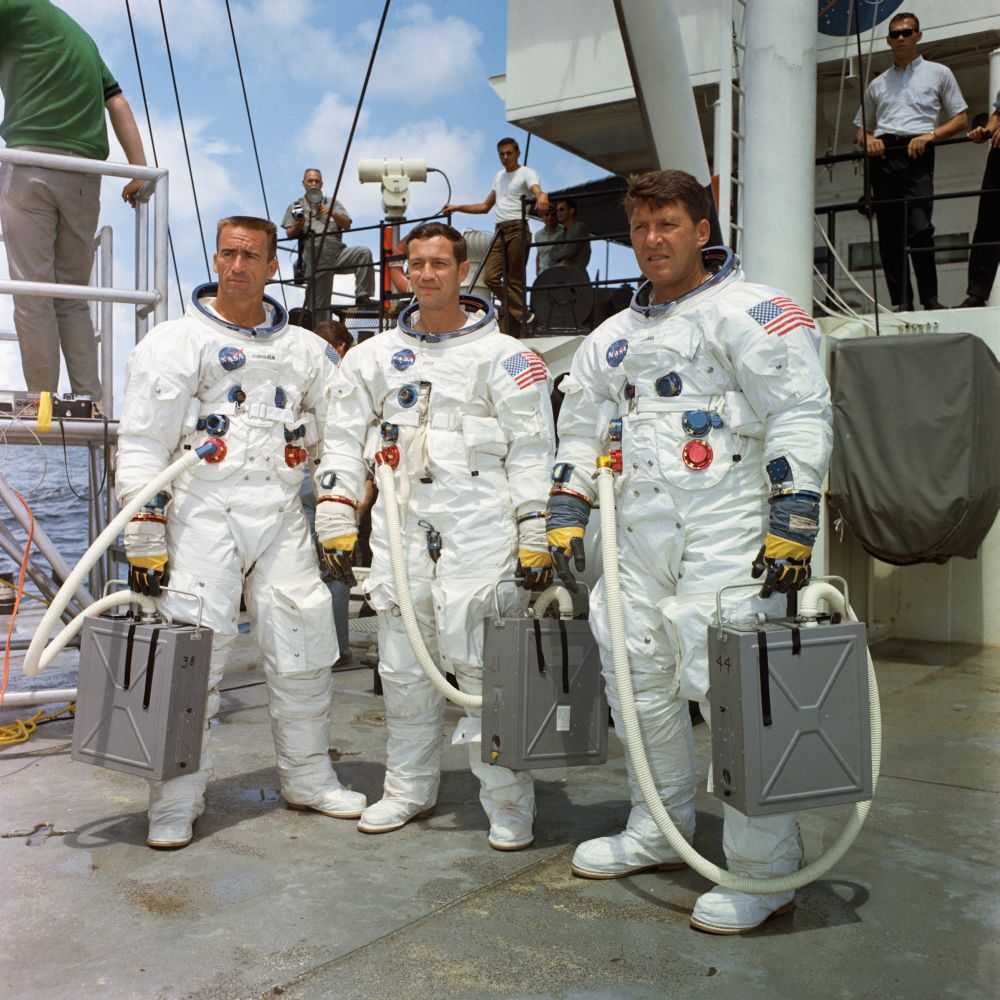
As outlined in last week’s AmericaSpace history, Schirra and his crewmates, Donn Eisele and Walt Cunningham, launched on 11 October 1968 and their Saturn IB booster delivered them smoothly into orbit, with a perigee of 141 miles (227 km) and an apogee of 177 miles (285 km). A couple of hours later, the astronauts undocked their CSM from the S-IVB second stage of the booster and pulsed their reaction control thrusters to execute a simulated rendezvous. On lunar-bound missions, crews would be required to extract the Lunar Module (LM) from the upper part of the S-IVB. Although there was no LM on Apollo 7, but the exercise offered useful experience and Schirra brought his ship to within 4 feet (1.2 meters) of the spent stage. Unfortunately, one of the four adapter panels had not fully deployed—due to a stuck retention cable—although on “real” missions to the Moon, these would be jettisoned explosively. It “had sort of bounced back,” wrote fellow astronaut Deke Slayton in his autobiography, Deke. “It posed no danger to the crew, but had this flight carried a Lunar Module, it might have been tough to get it out of there.”
One of Apollo 7’s most significant tasks was testing the Service Propulsion System (SPS) engine at the base of the Service Module, which would be used on Moon-bound missions to effect entry into, and departure from, lunar orbit. The astronauts oversaw a total of eight SPS “burns”, the first of which caught Schirra with such surprise that he let out a whooped “Yabadabadoo”, in imitation of Fred Flintstone. Eisele remarked later that they “got more than we expected” from the SPS and the additional impulse literally plastered them back into their couches. Apollo 7 simulated multiple-duration burns, from a fraction of a second to over a minute long.
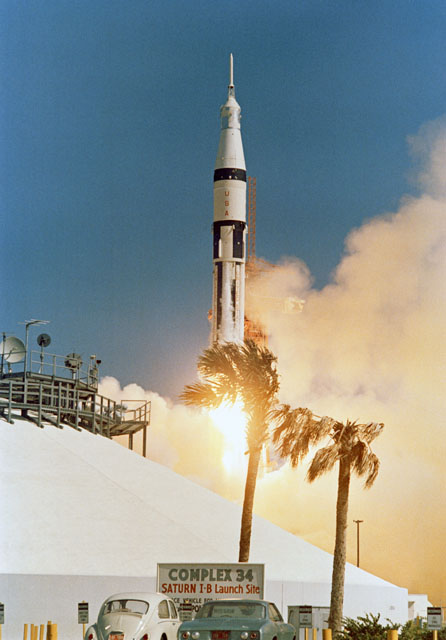
Other systems aboard Apollo 7 performed equally well. Occasionally, one of the three electricity-generating fuel cells would develop unwanted high temperatures, but load-sharing hook-ups prevented any power shortages. Visibility through the windows was mixed, with sooty deposits noted shortly after the jettisoning of the Saturn IB’s escape tower and spots of water condensation seen at other times. Two days into the flight, however, Cunningham reported that most of the windows were in fairly good condition, although moisture was gathering between the inner panes in one case. A similar situation was seen by Schirra a few days later. Nonetheless, the windows proved adequate, particularly during the rendezvous and station-keeping with the S-IVB, when they were almost clear.
On a more mundane level, the waste-management system—Apollo’s rudimentary toilet—proved adequate, if annoying. Its defecation bags, which contained a blue germicidal tablet to prevent bacterial and gas formation, could be sealed easily and stored in empty food containers in the Command Module’s lower equipment bay. However, they were far from ideal, still produced unpleasant odors and took each astronaut 45-60 minutes to complete. To add insult to injury, the germicidal tablets then had to be kneaded into the contents of the defecation bag to ensure that they were fully mixed. Not surprisingly, many astronauts found themselves postponing their “need to go” for as long as possible.
Sleep brought mixed blessings, with Schirra complaining about the around-the-clock operations which disrupted their normal routine. Sometimes they might go to bed as early as 4 p.m. or as late as 4 a.m., he said, and a consensus was finally reached whereby Eisele kept watch on Apollo 7’s systems whilst Schirra and Cunningham slept and vice versa. Two sleeping bags were mounted beneath the couches and the astronauts typically zipped themselves inside, although the incorrect positioning of restraint straps made them less than ideal. Cunningham preferred to sleep in his couch with a shoulder harness and lap belt to keep still. However, if two crew members did this, they invariably disturbed their colleague who was awake. By the third day of the flight, thankfully, they had worked out a routine to get enough sleep.
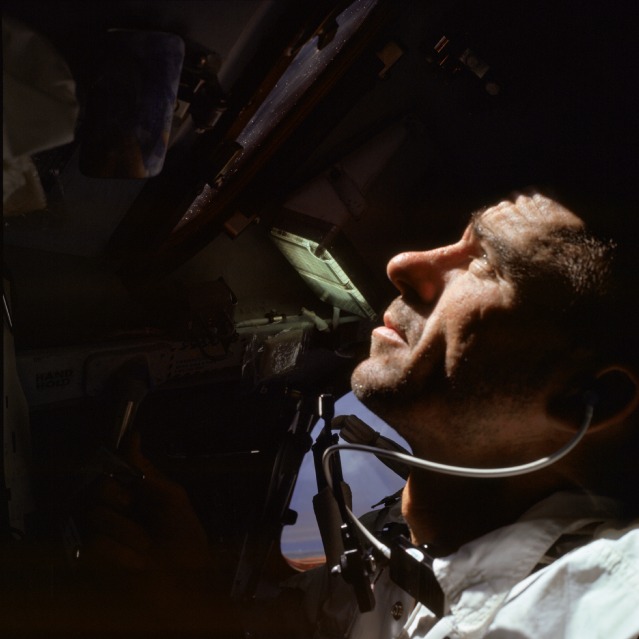
Not so fulfilling were the head colds which, first Schirra, and then Eisele and Cunningham, developed during the mission. To be fair, this caused severe discomfort, because it proved extremely difficult to clear the ears, nose, and sinuses in microgravity. Mucus rapidly accumulated, filling their nasal passages and stubbornly refusing to drain from their heads; indeed, their only relief was to blow their noses hard, which proved painful on their ear drums. A little under a day into the mission, an irritable Schirra, already annoyed that Mission Control had added two thruster firings and a urine dump to their workload, cancelled the first planned television transmission from Apollo 7, “without further discussion”. It was the first of many conflicts with Mission Control.
According to Schirra, it was Donn Eisele who began the dispute with the ground over rescheduling the first television transmission early on 12 October. “When I awoke,” Schirra wrote in his autobiography, Schirra’s Space, “I could hear Eisele in an argument. I put on a headset and heard a ground controller say, rather insistently, that our first television transmission was on the agenda for that day.” Schirra backed Eisele that they had enough to do on their second day in orbit, with engineering objectives, rendezvous practice, and SPS preparations, without having to worry about the transmission. However, there was more to it than that. “We were scheduled to test the TV circuit later that day,” explained Schirra, “and we’d test it before using it. It was an electrical circuit and I had not forgotten than an electrical short had resulted in the loss of the Apollo 1 crew.”
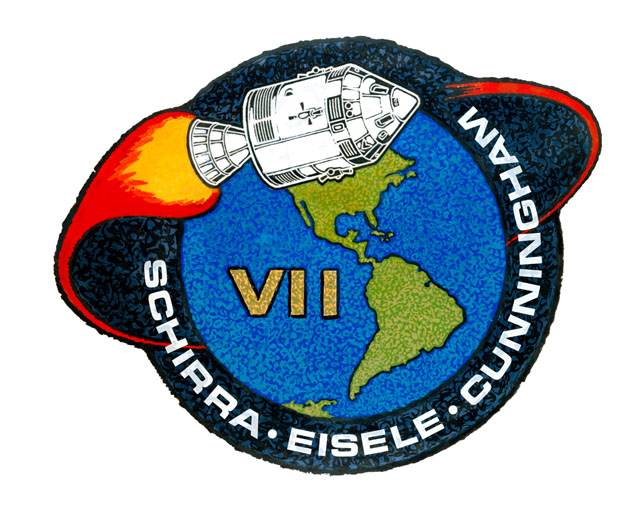
In fact, Schirra had complained about the scheduling of the transmissions on the ground before launch. He “hadn’t been able to win the battle,” wrote Deke Slayton. “He probably figured there wasn’t much we could do to him while he was in orbit, and he was right, but it made my life kind of difficult.” The commander’s words also upset the flight directors, including Chris Kraft and Glynn Lunney, when he began sarcastically criticizing “the genius” who designed a particularly balky piece of equipment. “He might have been right,” continued Slayton, “but it sure didn’t endear him to the guys on the ground to have the astronaut implying they were idiots over the open line for everyone to hear.”
After one test which he perceived as pointless, Eisele, clearly annoyed, quipped that he “wanted to talk to the man, or whoever it was, that thought up that little gem”. Going over the mission tapes and transcripts after the flight, Cunningham would conclude in his NASA oral history that he “never had any problem with the ground,” although Deke Slayton felt that all three men “were pretty testy.” One flight controller even muttered, only half-jokingly, about letting the Apollo 7 crew land in the middle of a typhoon.
It was a difficult beginning to a mission which would establish itself in the annals of space exploration—perhaps fairly, perhaps not—as one which generated a particularly difficult relationship between a flight crew and a flight control team.
FOLLOW AmericaSpace on Facebook and Twitter!
Missions » Apollo »




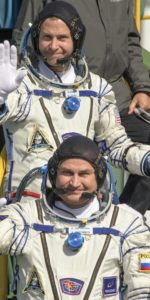
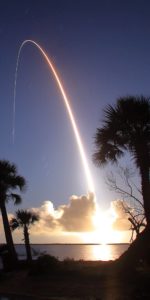
I’venture read that had Gus Grissom lived, he may have been the first man to step foot on the moon. Any truth to that?